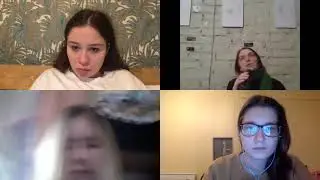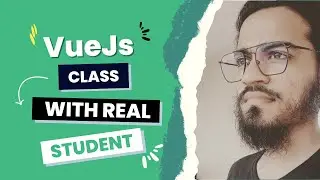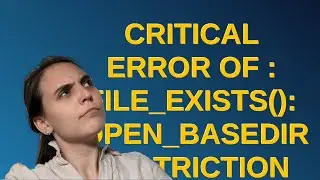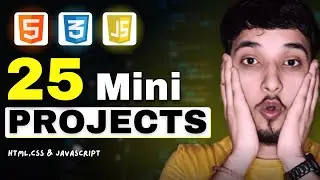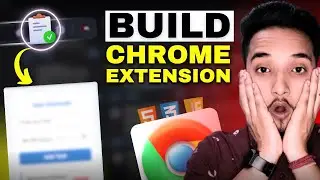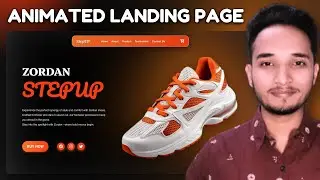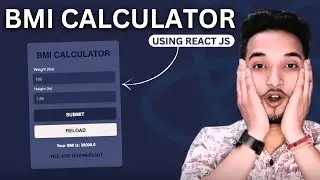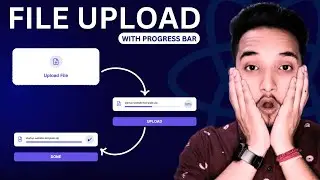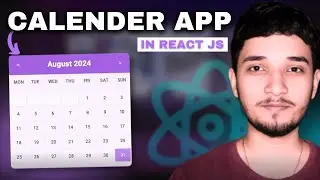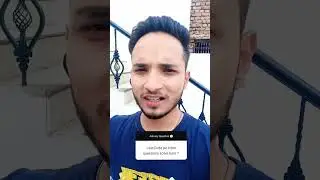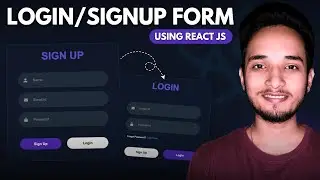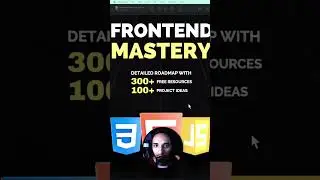Complete HTML & CSS Roadmap - Beginner to Advanced Level 🔥
Here's a suggested roadmap to help you progress from a beginner to an intermediate level in HTML and CSS:
Day 1-2: Introduction and Basic Structure
1. Understand the purpose and basics of HTML and CSS.
2. Learn about the structure of HTML documents and the use of basic tags.
3. Experiment with creating a simple HTML page with a basic structure.
Day 3-4: HTML Fundamentals
1. Study various HTML tags for text, links, images, lists, and tables.
2. Create a few simple web pages using these tags.
3. Understand the importance of semantic HTML.
Day 5-6: Introduction to CSS
1. Learn about the basics of CSS, including selectors, properties, and values.
2. Explore inline, internal, and external styles.
3. Experiment with changing text styles, colors, and backgrounds.
Day 7-8: Layouts and Positioning in CSS
1. Understand CSS box model and layout concepts.
2. Learn about positioning elements using CSS.
3. Experiment with creating simple layouts using CSS.
Day 9-10: Responsive Design and Media Queries
1. Learn about the importance of responsive design.
2. Study media queries and their application in creating responsive layouts.
3. Experiment with creating a simple responsive webpage.
Day 11-12: CSS Flexbox and Grid
1. Dive deeper into CSS Flexbox and Grid layouts.
2. Understand their properties and how they can be used to create complex layouts.
3. Experiment with building layouts using Flexbox and Grid.
Day 13-14: CSS Advanced Styling and Animations
1. Learn about advanced CSS properties such as transitions and animations.
2. Experiment with creating animations and transitions using CSS.
3. Understand the use of CSS preprocessors like SASS or LESS (optional).
Day 15: Project Work and Consolidation
1. Work on a small project that incorporates HTML and CSS.
2. Review the concepts learned during the previous days.
3. Explore online resources, forums, and communities for additional learning and support.

